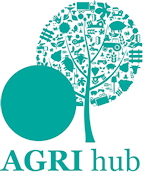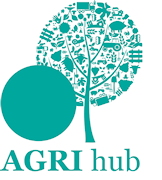Farmers should review their Inheritance Tax (IHT) and succession plans ahead of the Spring Statement as potentially significant changes are expected, according to rural accountant Old Mill.
There are less than six months before the Spring Statement, and changes to the IHT format – based on recommendations originally outlined by the Office of Tax Simplification (OTS) in July 2019 – are likely. “The recommendations were primarily geared towards streamlining IHT administration but may have the secondary effect of reducing some of the favourable reliefs available to farmers,” explains Catherine Vickery, associate director at Old Mill.
“Current IHT legislation can be very beneficial for farmers, giving confidence that they can pass down agricultural business and property assets to the next generation tax free on death,” she adds. “Unfortunately, the coronavirus pandemic has left the Government with a very large debt, so there’s potential that it will implement any OTS recommendations to increase tax revenue.”
So, with the Spring Statement anticipated for March, what can farmers do to mitigate any potential changes?
“Under the existing rules, agricultural land and property qualify for Agricultural Property Relief (APR) from IHT at up to 100%,” explains Mrs Vickery. Other land and property assets, like diversified enterprises, can qualify for up to 100% Business Property Relief (BPR) as part of an overall farming business which is at least 50% trading. “These reliefs can apply on lifetime transfers as well as on death where the conditions are met.”
Transfers on death currently also qualify for Capital Gains Tax (CGT) free uplift so that gains are effectively washed out. Lifetime transfers of agricultural land, property, and businesses which are at least 80% trading qualify for gift holdover relief, meaning gains can be deferred until a later disposal.
However, a key OTS recommendation is to remove the CGT free uplift on death when IHT relief is also available. This would mean that the next generation would inherit the farm at an historically low base cost, leading to higher CGT on any future sale. The OTS has also just released its report into CGT simplification which echoes this same recommendation. Proposals to alter the trading test for BPR, aligning it to the 80% CGT trading test could leave farmers ineligible for 100% BPR, which could result in assets having to be sold to pay IHT liabilities.
“The most tax efficient option has often been for farmers to continue to actively farm and hold onto assets until they die,” says Mrs Vickery. “Now, given speculation about potential changes, the best course of action is to get a succession plan in place as soon as possible and start implementing it.
“Plans need to be arranged based on what is right for you, your family and the farm right now, rather than how things might stand at a later date.”
This means establishing who is taking on the assets and if they have the skills needed to drive the business forward. “Pass over this responsibility while you still can and while you can be on hand to guide and support your successor,” advises Mrs Vickery.
It’s also important to review partnership or shareholder agreements, and consider the handing on of other assets. Additionally, farmers should collate any trust and gift deeds, so that paperwork is on hand to be reviewed.
“Though we suspect the new IHT rules won’t be favourable, farmers need to make use of the rules we have now as these are a current certainty,” says Mrs Vickery. “Succession planning is so easy to put off but it’s a vital tool in safeguarding the future of farming businesses.”




